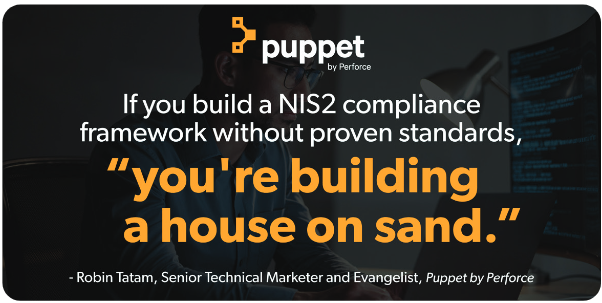Despite being published in late 2022 and coming into effect in January 2023, the second Network and Information Security Directive (NIS2) is taking the European Union by surprise. Weeks after the 17 October deadline, the majority of member states haven’t transposed it into their written laws — a necessary step for organisations in those countries to know the expectations and penalties. The story of NIS2 is, in some ways, the story of all compliance regulations – and in some ways, it’s completely unique.
OUTLINING wide-reaching measures from system hardening to reporting, training, and more, NIS2 isn’t likely to be either simple or clean for member states or their constituent organisations; as the deadline for legislation shrinks in the rearview, companies are scrambling to get ready for whatever their member state has in store (with most IT departments pulling funds from other areas of the business to cover). The NIS2 Directive was published in November 2022; member states have had since January 2023 to figure out how to require it by law; now, most EU companies are left in the lurch, waiting to find out their exposure and risk. How does that happen?
Build your GRC framework with proven standards
Where directives fail to provide instructions, IT security standards like CIS Benchmarks and Frameworks like NIST pick up the slack and can help you choose the right tools, processes, and configurations you need to enforce. Plus, many of these prescriptive resources are free, internationally recognised, and peer-reviewed for an added layer of reliability. With specific configurations for hardening software, hardware, and network components – down to the configuration level – they’re your bridge from “not compliant” to “compliant.” Additionally, seek common threads across regulations. If you’ve already used the controls outlined in one regulation or framework, you might have already accomplished key controls of another (like NIS2).

If you create a NIS2-compliant GRC framework without a solid foundation of repeatable configurations built with proven standards, you’re building a house on sand. Even if you pick the right tools and institute the right processes, don’t assume you can just pass every NIS2 audit for years. Drift, employee turnover, knowledge gaps, and tech debt will pile up over time. Even if it were possible to prevent every single active, malicious attack, that continuous passive risk exposes you to the teeth of NIS2. Choosing tools you can manage and processes you can maintain in the long term also saves time down the road, when member states enter the perpetual ‘auditing and enforcement’ phase of NIS2.
Use the above recommendations to define and enforce a secure, compliant desired state – no matter how much you diversify or scale your critical IT infrastructure.
For example, when you roll out an automated patch two days before someone uncovers a new vulnerability in it, can you run a line of code and roll it back on every server running that version of the software? When someone inserts a backdoor into the latest version of the open source tool your infrastructure uses every day, how long will you let it cripple your NIS2 compliance posture?
If you’ve got some production workloads in AWS, some in a data centre, and some private cloud, can you keep the bolts tight on all of them from one infrastructure codebase? Or will you be forever configuring, tweaking, and chasing down configuration drift? And how do you expect to manage compliance for them all if each platform is controlled by a different vendor?
For all its enhanced penalties, potential implications, and years of hype, NIS2 compliance largely comes down to fundamentals. Organisations across the EU would do well to bear the weight of NIS2 with patience, persistence, and strategic investments that reduce the toil of maintaining a compliant state.